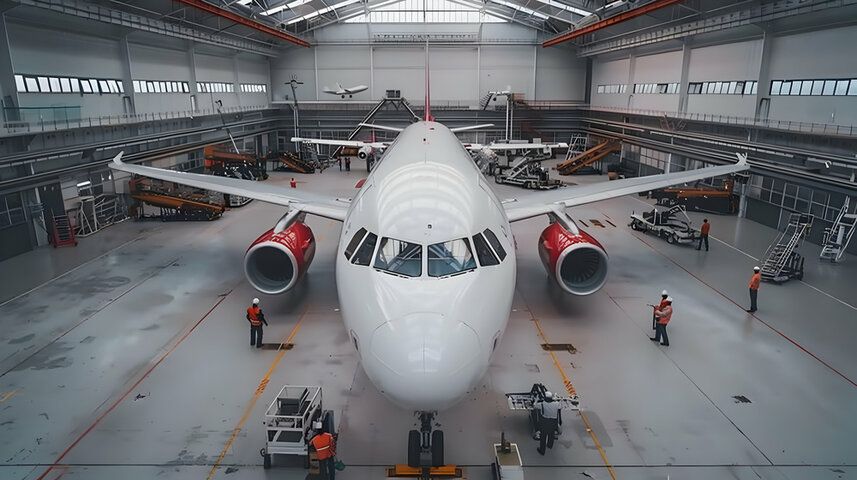
In the demanding environment of civil aviation, where operational safety is a priority, CAMOs (Continuing Airworthiness Management Organisations) play an essential role. These organisations, approved by authorities such as EASA, are responsible for ensuring that aircraft are kept in optimal airworthiness throughout their useful life.
But what exactly is a CAMO, and why is it so relevant to the aviation industry?
What is a CAMO?
A CAMO is a certified organization responsible for the ongoing management of an aircraft's airworthiness . Unlike maintenance organizations (such as Part-145s), which carry out physical technical interventions, CAMO is responsible for:
- Plan and coordinate maintenance.
- Supervise compliance with technical programs.
- Manage mandatory and regulatory documentation.
- Issue the ARC (Airworthiness Review Certificate) or recommend its issuance.
Its goal: to ensure that each aircraft meets the technical and regulatory requirements necessary to fly safely and in accordance with the law.
Main functions of a CAMO
The responsibilities of a CAMO are broad and strategic. Key features include:
1. Maintenance Program Management (AMP)
The CAMO is responsible for developing, maintaining and implementing the Approved Maintenance Programme, tailored to each aircraft and operation. This program defines the preventive and corrective tasks necessary to ensure the safety of the appliance.
2. Coordination with Part-145 organizations
Although it does not carry out the physical maintenance tasks, the CAMO coordinates with the Part-145 centres so that the interventions are carried out according to the established deadlines, considering:
- Flight hours.
- Operating cycles.
- Special events (structural inspections, SBs and ADs).
3. Airworthiness Review (ARC)
The CAMO can carry out physical and documentary inspections to issue or recommend the issuance of the Airworthiness Review Certificate, an essential document for an aircraft to continue operating legally.
4. Technical Records Management
A critical part of the CAMO function is document management, which includes:
- Maintenance history.
- Control of components with limited life.
- Compliance with airworthiness directives (ADs) and service bulletins (SBs).
- Certified modifications (STC) and structural changes.
Who needs a CAMO?
Any aeronautical operator under EASA regulation – whether an airline, a corporate operator, a lessor or a private owner – must partner with an approved CAMO to comply with the regulations.
These organizations can be in-house or outsourced, but their existence is mandatory to ensure that the aircraft complies with legal and technical requirements.
Why is a CAMO so important?
The CAMO acts as the technical control center of each aircraft, ensuring its integrity, legality and operational safety. Although it does not directly carry out maintenance tasks, its role is decisive so that each flight takes off with full regulatory support.
In short, a CAMO is the guarantee that an aircraft is in optimal condition to operate at any time.

